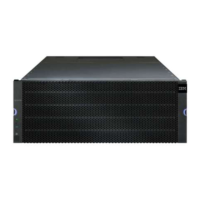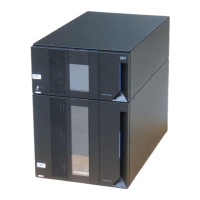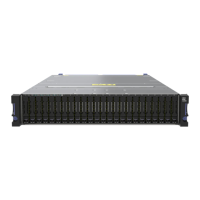Table 11-3. RLS Baseline Data for the Storage Subsystem (continued)
Type of Data Description
Primitive sequence
protocol (PSP)
The total number of PSP errors that were detected on the
Fibre Channel loop from the baseline date to the current date
and time. PSP refers to the number of NPort protocol errors
that were detected and Link Reset Response (LRR) primitive
sequences that were received while the link is up. An LRR is
issued by another NPort in response to a link reset.
An NPort is a Fibre Channel-defined port at the end of a
link, such as a server or a workstation. Each port can act as
an originator or a responder (or both) and contains a
transmitter and receiver. Each port is given a unique name,
called an NPort or an NLPort identifier. If an NPort is
connected to a loop, it becomes an NLPort. An NLPort is a
Fibre Channel controller ID in a hexadecimal number. The
hexadecimal number varies depending on the topology:
v For a private arbitrated loop, the ID is a 1-byte arbitrated
loop physical address (ALPA).
v For all other arbitrated loops, it appears as a single 24-bit
hexadecimal number (a triplet of domain, area, and ALPA
where each field is 1 byte).
v For fabric and point-to-point, the ID is a 3-byte
hexadecimal number used in the DID and SID (destination
identifier and source identifier) fields of Fibre Channel
frames.
Invalid cyclic
redundancy check
(ICRC)
The total number of ICRC errors that were detected on the
Fibre Channel loop from the baseline date to the current date
and time.
An ICRC count indicates that a frame has been received with
an invalid cyclic redundancy check value. A cyclic
redundancy check reads the data, calculates the cyclic
redundancy check character, and compares the calculated
cyclic redundancy check character with a cyclic check
character already present in the data. If they are equal, the
new data is presumed to be the same as the old data. If the
calculated characters and the old characters do not match, an
error is posted, and the data is re-sent.
Interpreting the RLS Results
The way that you interpret the RLS results is based on the concept that the device immediately following
the problematic component will have the largest number of invalid transition word (ITW) error counts.
The process is to obtain the ITW count for every component and device on the loop, analyze the data in
loop order, and identify any large increases in the ITW counts.
Important:
The current error counting standard for when to calculate the ITW error count is not well defined.
Different vendor devices calculate at different rates. Analysis of the data must take this discrepancy into
consideration.
11-12 IBM System Storage DS3000, DS4000, and DS5000: Command Line Interface and Script Commands Programming Guide

